S. Eisenstein "Vertical installation"
- zhannazhmaeva03
- 22 апр. 2022 г.
- 11 мин. чтения
Let's highlight the quotes expressing the main ideas of the work of Eisenstein S. M. Vertical installation. Let's supplement them with footage from Eisenstein's films.
A combination of extremely sharply taken "close-ups". An unusually vivid image of an athletic arena arising from their juxtaposition, etc., etc.
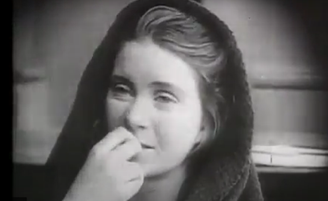
There is no fundamental difference in the approach to purely visual installation and installation linking elements of different areas, in particular the visual image and the sound image, along the line of creating a single generalizing sound-visual image.

Each Batch develops in a progressive movement horizontally. But no less important and decisive factor here is the vertical: the musical interrelation of the elements of the orchestra with each other in each given unit of time. Thus, the progressive movement of the vertical, penetrating the entire orchestra and moving horizontally, carries out a complex, harmonic musical movement of the orchestra as a whole.
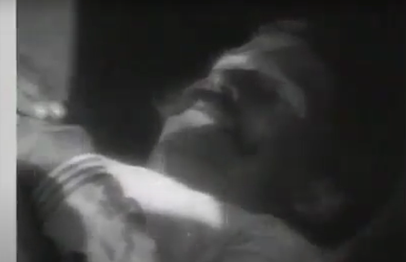
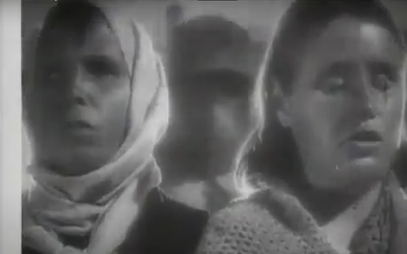
In the "procession of the cross" from the "Old and New" we see a tangle of independent lines that simultaneously and at the same time independently permeate the sequence of frames.

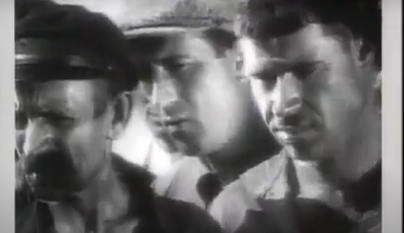
The general movement of the installation went on continuously, weaving in a single general build-up all these diverse themes and parties. And each installation piece strictly took into account, in addition to the general line of movement, also the vicissitudes of movement within each individual topic.
The size of the face could satisfy them, but the expressiveness of the game dictated a completely different place for him, etc. The complexity of such work should not have been anyone it would be surprising: after all, this is almost the same thing that you have to do with the most modest musical orchestration
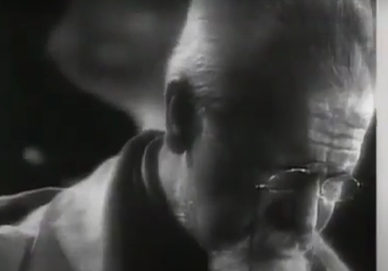
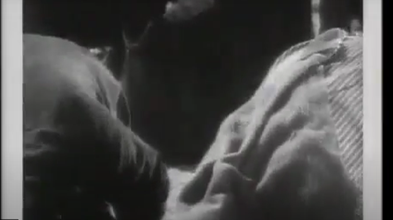
Exactly the same "spike", complicated (or maybe lightened?) by another "line" of the phonogram, we achieved just as hard in "Alexander Nevsky", and especially in the scene of the knights' offensive. Here is the line of the sky tonality - clouds and cloudlessness; the increasing pace of the skok, the direction of the skok, the sequence of the display of Russians and knights;
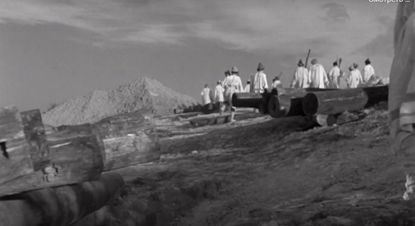
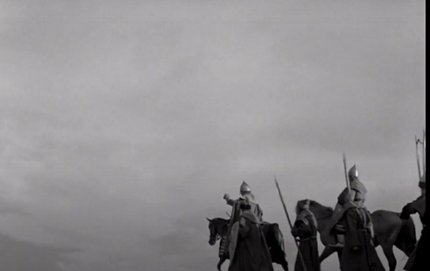
For a diagram of what happens during vertical installation, this feature makes it possible to present it in the form of two lines. At the same time, we mean that each of them is a complex of its own polyphonic score, and the search for correspondences is considered here from the point of view of such correspondences for the general, complex "figurative" sound of both the image and the music.
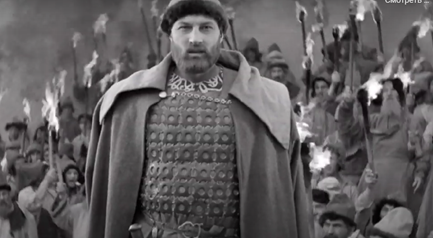
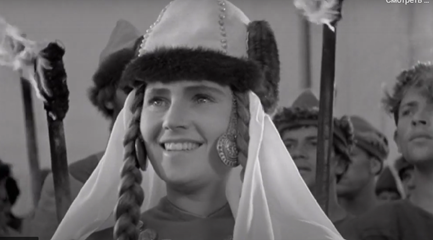
"... in the Strike (1924) there are attempts in this direction. There was a small scene of a conspiracy of strikers under the guise of a harmless party under the accordion. It ended with a piece where we tried to convey the feeling of its sound by purely visual means.
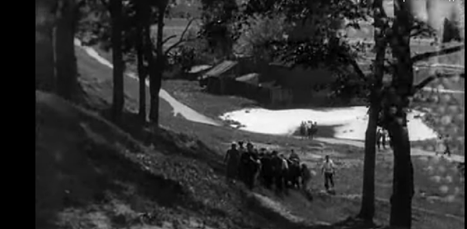
Such a series begins with that area of synchronicity, which, in essence, lies beyond the limits of artistic consideration - with actual synchronicity, that is, with the natural sound of the object or phenomenon being filmed (a croaking frog, a sobbing chord of a broken harp, the sound of wheels of a cab on the pavement).
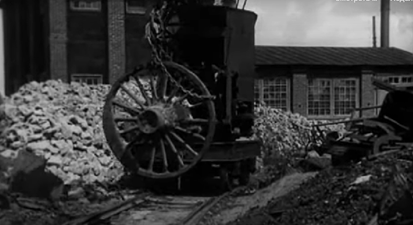
The "higher unity" into which we are able to unite the individual sounds of the scale is clearly drawn to us by a line that unites them with its movement. But their tonal difference itself is also characterized by movement, again.
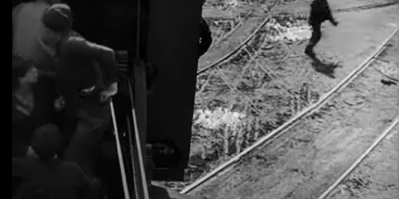
The latter is a very special case. When it takes place, we say that the image is "on its own", and the music is "on its own"; the sound and visual side each run independently, not uniting into some organic whole.
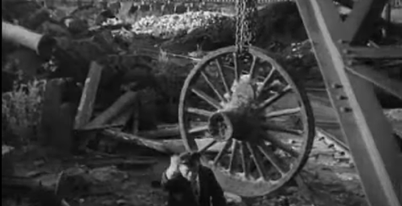
This, as it were, closes the circle. For this formula about the meaning of a piece unites both the most lapidary assembly of pieces - the so-called simple "thematic selection" according to the logic of the plot - and the highest form, when this connection is a way of revealing the meaning, when the image of the theme, full of the ideological content of the thing, really emerges through the unification of the pieces.
The destruction of the contradiction between image and sound, between the visible world and the audible world!
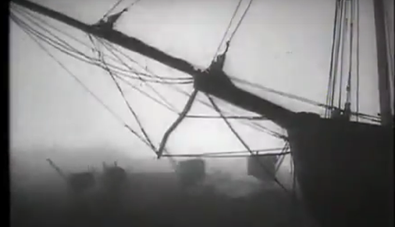
Modern aesthetics is based on the separation of elements contrasting with each other: the repetition of the same element is only an amplification to give more intensity to the contrast ..."
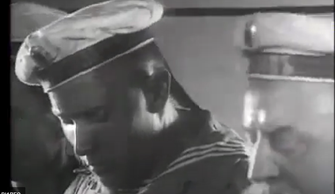
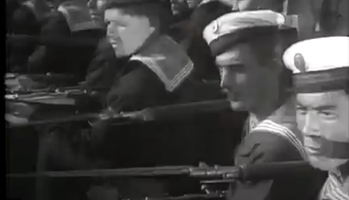
Here, as a side note, it should be noted that repetition can equally serve two tasks. On the one hand, it is he who can contribute to the creation of organic wholeness.On the other hand, it can also serve as a means of the very increase in intensity that Guilleret has in mind. It's not far to go for examples.
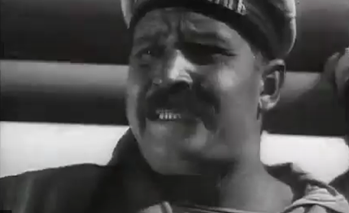

Jazz is looking for the volume of sound, the volume of a phrase. Classical music was built up by plans (not volumes), plans"arranged by floors, plans formed on top of each other.
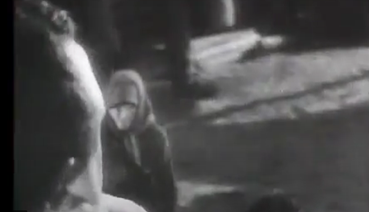
The previous perspective gave us a geometric representation of things as they are visible to one ideal eye. Our perspective presents us with objects as we see them with two eyes, by touch.
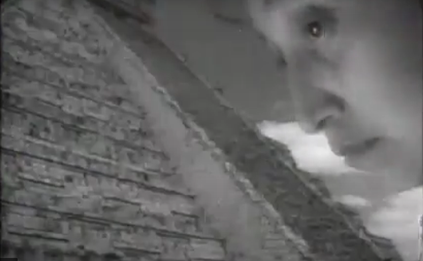
In our new perspective - no ledges, no alleys. A person enters the environment, the environment exits through a person. They are both functions of each other.
However, the above passage is even more interesting because to what extent it depicts the correspondence of music and painting not only to each other, but both taken together - to the very image of the epoch and the way of thinking of those who are historically associated with this epoch.
However, there are points of view that see in this situation a lack of "freedom" of sensations. And, in contrast to our views and ideas, they exhibit. such a pointlessly vague "absolutely free" inner sound.
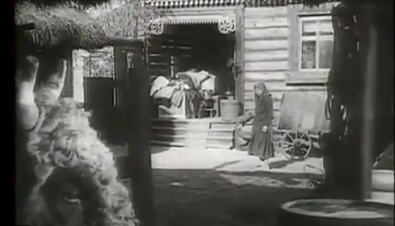
This "Yellow sound" is a program of the stage embodiment of vague author's feelings in the game of colors, understood as music, in the game of music, understood as colors, in the game of people... not understood in any way.
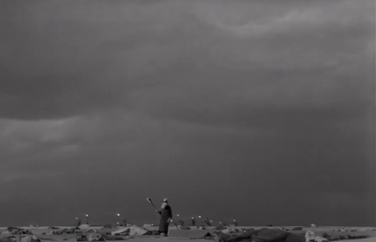
The golden apple for Greece was an emblem of love and harmony and at the same time the opposite of it - disagreement and all the troubles that it entails.
It is enough to compare the theme of white and black in the films "Old and New" and "Alexander Nevsky". In the first case , reactionary, criminal and backward were associated with black, and joy, life, and new forms of management were associated with white.
"...If we even have a number of mounting pieces: 1) a gray-haired old man, 2) the gray-haired old woman.
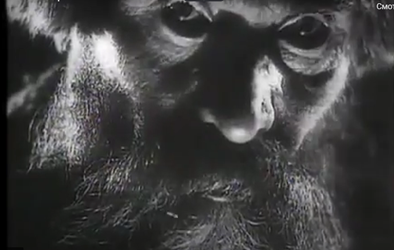
In the first article on vertical mounting, we wrote that sound-visual combinations put forward the need to solve a completely new problem in the field of composition in matters of installation. This problem consists in finding the key to the commensurability between a piece of music and a piece of an image; such a commensurability that will allow us to combine " vertically", that is, in simultaneity, each phrase of the music running through with each phase of the plastic pieces of the image running in parallel - frames.
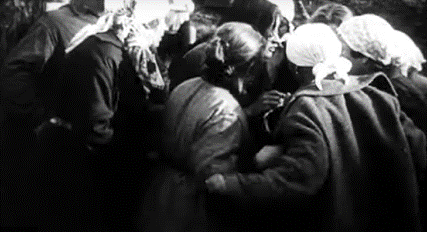
Changing close-ups to increase purely plastic intensity.
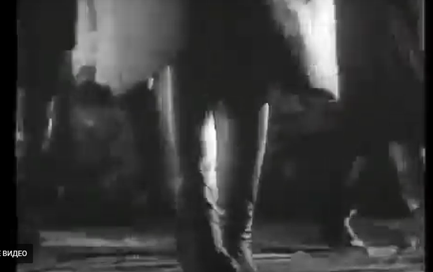
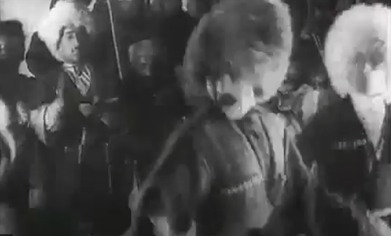
Two films of the future - an image and a phonogram - were replaced here by a double exposure. One showed a white spot of a pond at the foot of a hill stretching into the distant depths. From him, from the depths, up to the apparatus, there were groups of people walking with an accordion.
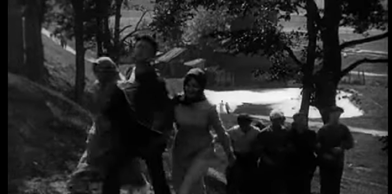
In the second exposition, rhythmically bordering the landscape, shiny stripes moved - the illuminated ribs of the bellows of a huge harmonica shot in full screen. With their movement and the play of mutual arrangement at different angles, they gave a complete sense of the movement of the melody, echoing the scene itself..."
As a side note, it should be noted that repetition can equally serve two tasks. On the one hand, it is he who can contribute to the creation of organic wholeness.
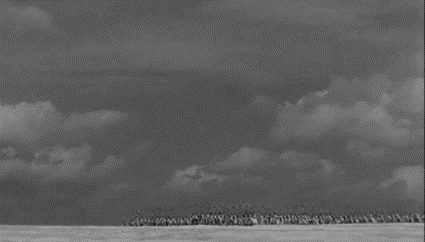
There is no longer a solo instrument in the background of the orchestra; each instrument leads its solo, participating as a whole. There is also no impressionistic dismemberment of the orchestra, which consists in the fact that for the first violins, for example, all instruments play the same theme, but each in neighboring notes, in order to give greater richness to the sound.
Perspective and a sense of real depth are destroyed at night by seas of light advertising. Distant and near, small (in the foreground) and large (in the background), flashing and fading, running and spinning, emerging and disappearing - they eventually abolish the sense of real space and at some moments seem to be a dotted pattern of colored dots or neon tubes moving on a single surface of the black velvet of the night sky.
The main and characteristic feature is precisely in this, and not in individual particulars. Is the Egyptian bas-relief not complete without a linear perspective?
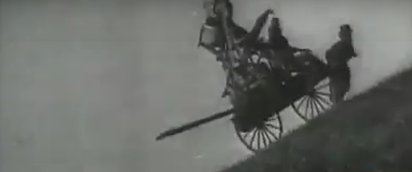
However, it is enough to look at the plans of the Kolomna Palace of the XVII century, to make sure that it is a projection both vertical and horizontal at the same time!
The real size ratios have also been changed, and a part of the city is given in one direction, while a separate part is given in the opposite direction.
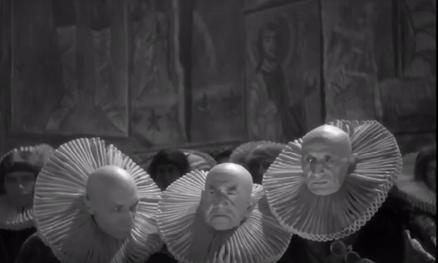
In this form, this "freedom" is primarily freedom from... common sense -- the only freedom, between us, that is absolutely achievable in a bourgeois society.
The product of the decomposition of this society at the highest imperialist stages of its development is Kandinsky, the bearer of such an ideal and the author of the work from which we will begin our "yellow rhapsody" of samples.,
Here is the musical side of the picture, given in raised tones.
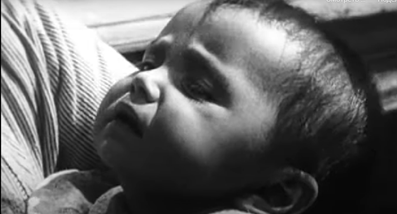
Examples could be piled up as much as you like, but these are already enough to ask cautiously - is there really something fatal and sinister in the very nature of yellow?
One interesting feature testifying to the really deep antiquity of the origin of these color beliefs is the ambivalence of the meanings transmitted to them. This phenomenon consists in the fact that in the early stages of development, the same idea, designation or word means both mutually exclusive opposites at the same time.
Remaining in the circle of yellow and gold ideas that interest us, we can also note that according to the same law of ambivalence, gold, as a symbol of the highest value, simultaneously serves as a favorite metaphor for.
Sources:
Sergey Eisenstein. Vertical mounting, taken for http://lib.ru/CINEMA/kinolit/EJZENSHTEJN/s_vertikalxnyj_montazh.txt
Текст на русском:
Давайте выделим цитаты, выражающие основные идеи работы Эйзенштейна С. М. Вертикальная инсталляция. Давайте дополним их кадрами из фильмов Эйзенштейна.
Сочетание чрезвычайно остро взятых "крупных планов". Необычайно живой образ атлетической арены, возникающей из их сопоставления, и т. д. и т. д.
В подходе к монтажу чисто зрительному и монтажу, связывающему элементы разных областей, в частности зрительный образ и образ звуковой, по линии создания единого обобщающего звукозрительного образа принципиальной разницы нет.
Каждая Партия развивается поступательным движением по горизонтали. Но не менее важным и решающим фактором здесь является вертикаль: музыкальная взаимосвязь элементов оркестра между собой в каждую данную единицу времени. Так поступательным движением вертикали, проникающей весь оркестр и. перемещающейся горизонтально, осуществляется сложное, гармоническое музыкальное движение оркестра в целом.
В "крестном ходе" из "Старого и нового" мы видим клубок самостоятельных линий, которые одновременно и вместе с тем самостоятельно пронизывают последовательность кадров.
Общее движение монтажа шло непрерывно, сплетая в едином общем нарастании все эти разнообразные темы и партии. И каждый монтажный кусок строго учитывал кроме общей линии движения также и перипетии движения внутри каждой отдельной темы.
Размер лица их мог удовлетворить, но выразительность игры диктовала ему совсем другое место и т. д. Сложность подобной работы никого не должна была бы удивлять: ведь это почти то же самое, что приходится делать при самой скромной музыкальной оркестровке.
Совершенно такой же "спайки", усложненной (а может быть, облегченной?) еще "строчкой" фонограммы, мы добивались так же упорно и в "Александре Невском", и особенно в сцене наступления рыцарей. Здесь линия тональности неба -- облачности и безоблачности; нарастающего темпа скока, направления скока, последовательности показа русских и рыцарей;
Для схемы того, что происходит при вертикальном монтаже, эта особенность дает возможность представить ее в виде двух строчек. При этом мы имеем в виду, что каждая из них есть комплекс своей многоголосой партитуры, и искание соответствий здесь рассмотрено под углом зрения подобных соответствий для общего, комплексного "образного" звучания как изображения, так и музыки.
"...в "Стачке" (1924) есть попытки в этом направлении. Там была маленькая сценка сговора стачечников под видом безобидной гулянки под гармошку. Она заканчивалась куском, где чисто зрительными средствами мы старались передать ощущение его звучания.
Начинается такой ряд с той области синхронности, которая, по существу, лежит вне пределов художественного рассмотрения,-- с фактической синхронности, то есть с натурального звучания снимаемого предмета или явления (квакающая лягушка, рыдающий аккорд сломанной арфы, стук колес пролетки по мостовой).
"Высшее единство", в которое мы способны объединить отдельные звуки звукоряда, нам совершенно ясно рисуется линией, объединяющей их своим движением. Но и сама тональная разница их тоже характеризуется опять-таки движением.
Последнее -- весьма частный случай. Когда он имеет место, мы говорим, что изображение -- "само по себе", а музыка -- "сама по себе"; звуковая и изобразительная сторона каждая бегут самостоятельно, не объединяясь в некое органическое целое.
Этим как бы замыкается круг. Ибо эта формула о смысле куска объединяет и самую лапидарную сборку кусков -- так называемую простую "тематическую подборку" по логике сюжета -- и наивысшую форму, когда это соединение является способом раскрытия смысла, когда сквозь объединения кусков действительно проступает образ темы, полный идейного содержания вещи.
Уничтожение противоречия между изображением и звуком, между миром видимым и миром слышимым!
Современная эстетика строится на разъединении элементов, контрастирующих друг с .другом: повтор одного и того же элемента -- лишь усиление, чтобы придать больше интенсивности контрасту..."
Здесь в порядке примечания надо отметить, что повтор может в равной мере служить двум задачам. С одной стороны, именно он может способствовать созданию органической цельности. С другой стороны, он же может служить и средством того самого нарастания интенсивности, которую имеет в виду Гийере. За примерами ходить недалеко.
Джаз ищет объема звука, объема фразы. Классическая музыка выстраивалась планами (а не объемами), планами" располагавшимися этажами, планами, сложившимися друг на друга.
Прежняя перспектива давала нам геометрическое представление о вещах такими, какими они видны одному идеальному глазу. Наша перспектива представляет нам предметы такими, какими мы видим их двумя глазами, на ощупь.
В нашей новой перспективе -- никаких уступов, никаких аллей. Человек входит в среду, среда выходит через человека. Они оба -- функции друг друга.
Однако приведенный отрывок еще более интересен тем, в какой степени он рисует соответствия музыки и живописи не только друг другу, но обоих, вместе взятых,-- самому образу эпохи и образу мышления тех, кто с этой эпохой исторически связан.
Однако существуют точки зрения, усматривающие в таком положении недостаток "свободы" ощущений. И, в противовес нашим взглядам и представлениям, они выставляют. подобное беспредметно смутное "абсолютно свободное" внутреннее звучание.
Это "Желтое звучание" является программой сценического воплощения смутных авторских ощущений в игре красок, понятых как музыка, в игре музыки, понятой как краски, в игре людей... никак не понятых.
Золотое яблоко для Греции было эмблемой любви и согласия и одновременно же противоположного ему -- несогласия и всех тех бед, которые оно влечет за собой.
Достаточно сличить тему белого и черного цвета в фильмах "Старое и новое" и "Александр Невский". В первом случае с черным цветом связывалось реакционное, преступное и отсталое, а с белым -- радость, жизнь, новые формы хозяйствования.
"...Если мы имеем даже ряд монтажных кусков: 1) седой старик, 2) седая старуха.
В первой статье о вертикальном монтаже мы писали о том, что звукозрительные сочетания выдвигают в вопросах монтажа необходимость разрешения совершенно новой проблемы в области композиции. Проблема эта состоит в том, чтобы найти ключ к соизмеримости между куском музыки и куском изображения; такой соизмеримости, которая позволит нам сочетать "по вертикали", то есть в одновременности, каждую фразу пробегающей музыки с каждой фазой параллельно пробегающих пластических кусков изображения -кадров.
Смены крупных планов по нарастанию чисто пластической интенсивности. Две пленки будущего -- изображение и фонограмму -- здесь подменяла двойная экспозиция. На одной было уходящее в далекую глубину белое пятно пруда у подножия холма. От него из глубины, вверх на аппарат, шли группы гуляющих с гармошкой.
Во второй экспозиции, ритмически окаймляя пейзаж, двигались блестящие полоски -- освещенные ребра мехов громадной гармоники, снятой во весь экран. Своим движением и игрой взаимного расположения под разными углами они давали полное ощущение движения мелодии, вторящей самой сцене..."
В порядке примечания надо отметить, что повтор может в равной мере служить двум задачам. С одной стороны, именно он может способствовать созданию органической цельности.
Нет больше сольного инструмента на фоне оркестра; каждый инструмент ведет свое соло, соучаствуя в целом. Нет также и импрессионистического расчленения оркестра, состоящего в том, что для первых скрипок, например, все инструменты играют ту же тему, но каждый в соседних, нотах, дабы придать большее богатство звучанию.
Перспективу и ощущение реальной глубины уничтожают ночью моря световой рекламы. Далекие и близкие, малые (на переднем плане) и большие (на заднем}, вспыхивающие и угасающие, бегающие и вертящиеся, возникающие и исчезающие -- они в конце концов упраздняют ощущение реального пространства и в какие-то мгновения кажутся пунктирным рисунком цветных точек или неоновых трубок, движущихся по единой поверхности черного бархата ночного неба.
Основной и характерный признак именно в этом, а не в отдельных частностях. Разве египетский барельеф не обходится без линейной перспективы?
Однако достаточно взглянуть на планы Коломенского дворца XVII века, чтоб убедиться, что он представляет собой проекцию и вертикальную и горизонтальную в одно и то же время!
Изменены и реальные соотношения размеров, и часть города дана в одном направлении, отдельная же делать его -- в прямо противоположном.
В таком виде эта "свобода"--прежде всего свобода от... здравого смысла -- единственная, между нами говоря, свобода, абсолютно достижимая в условиях буржуазного общества.
Продуктом разложения этого общества на высших империалистических ступенях его развития и является Кандинский -- носитель подобного идеала и автор того произведения, отрывком из которого мы и начнем нашу "желтую рапсодию" образцов.,
Вот музыкальная сторона картины, -данная в повышенных тонах.
Примеров можно было бы громоздить сколько угодно, но и этих уже достаточно для того, чтобы опасливо спросить -- а нет ли в самой природе желтого цвета действительно чего-то рокового и зловещего?
Интересна одна черта, свидетельствующая о действительно глубокой древности происхождения этих цветовых поверий: это амбивалентность передаваемых им значений. Состоит это явление в том, что на ранних стадиях развития одно и то же представление, обозначение или слово означает одновременно обе взаимно исключающие противоположности.
Оставаясь же в кругу интересующих нас желтых и золотых представлений, можем еще отметить, что согласно тому же закону амбивалентности золото как символ высшей ценности одновременно же служит любимой метафорой для обозначения.
Источник:
Сергей Эйзенштейн. Вертикальный монтаж, взято с http://lib.ru/CINEMA/kinolit/EJZENSHTEJN/s_vertikalxnyj_montazh.txt
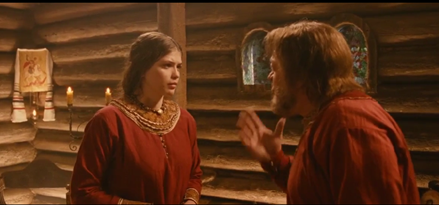
Comments